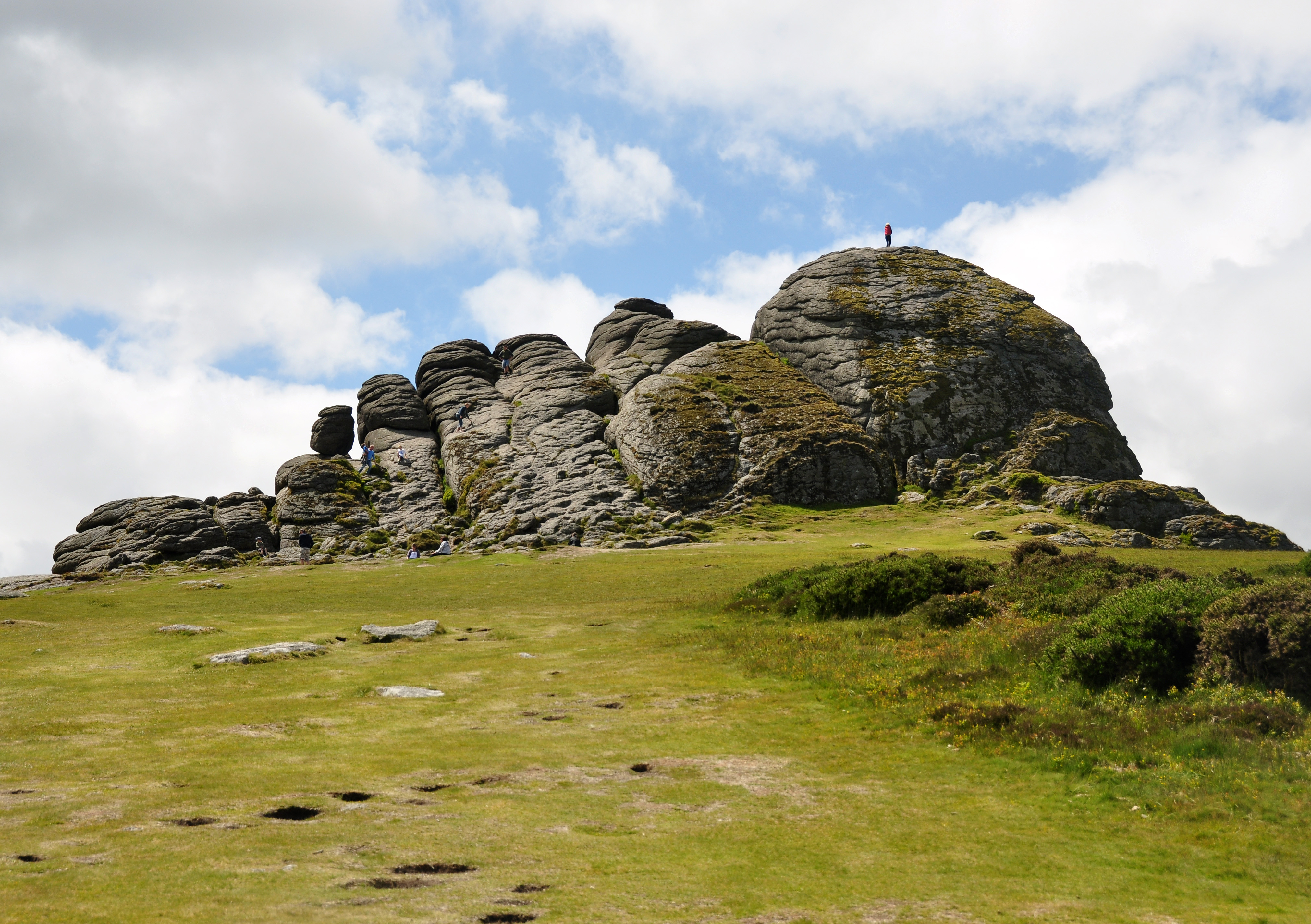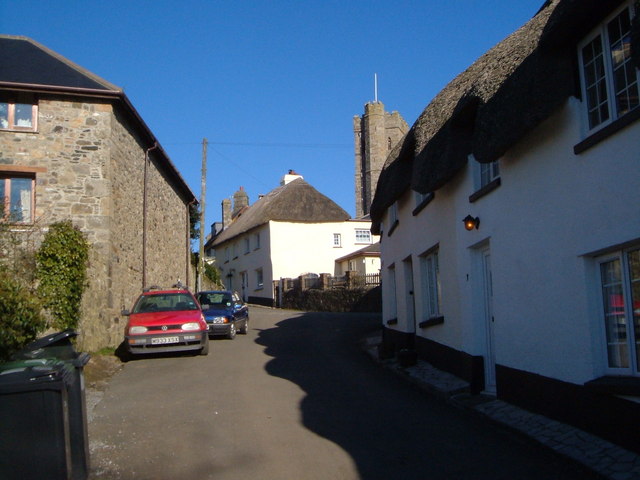Bagtor Down
Downs, Moorland in Devon Teignbridge
England
Bagtor Down

Bagtor Down is a picturesque area located in the county of Devon, England. Situated in the southern part of Dartmoor National Park, it encompasses a vast expanse of downs and moorland, offering breathtaking views and a serene natural environment.
The landscape of Bagtor Down is characterized by rolling hills, open grasslands, and scattered granite tors. These tors, such as Hound Tor and Smallacombe Rocks, add a dramatic touch to the scenery, creating a unique and distinctive backdrop. The area is also dotted with ancient stone walls and remnants of Bronze Age settlements, giving a glimpse into the rich historical heritage of the region.
The vegetation in Bagtor Down is predominantly heather and gorse, creating a stunning purple and yellow carpet during the summer months. This attracts a variety of wildlife, including Dartmoor ponies, sheep, and numerous bird species. Walking trails crisscross the downs, allowing visitors to explore and appreciate the natural beauty at their own pace.
Bagtor Down offers a peaceful and tranquil escape from the hustle and bustle of city life. The unspoiled landscape and the absence of modern developments create a sense of timelessness and tranquility. It is a popular destination for nature lovers, hikers, and photographers, who seek solace in the captivating beauty of the moorland.
Overall, Bagtor Down is a hidden gem in Devon, offering a unique blend of natural beauty and historical significance. Whether one is looking for a leisurely stroll or a challenging hike, this area has something to offer for everyone who appreciates the serenity and splendor of the great outdoors.
If you have any feedback on the listing, please let us know in the comments section below.
Bagtor Down Images
Images are sourced within 2km of 50.567033/-3.7564567 or Grid Reference SX7575. Thanks to Geograph Open Source API. All images are credited.











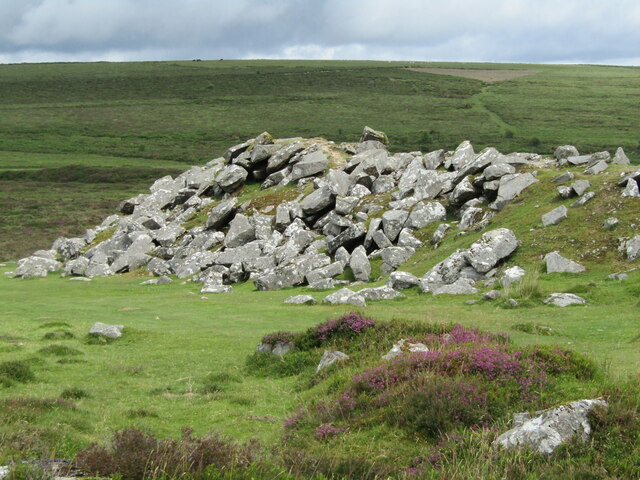
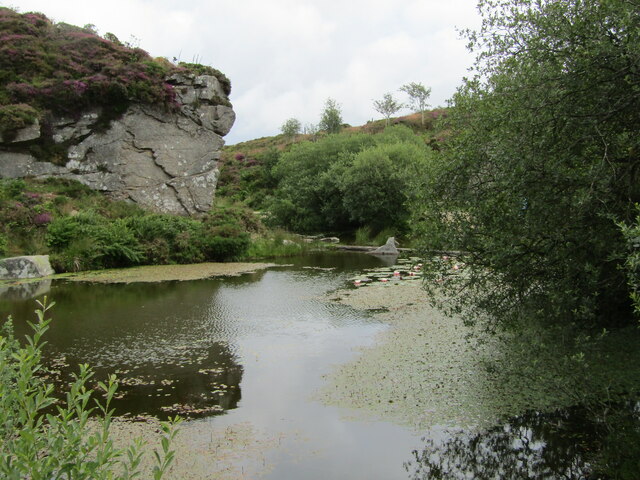
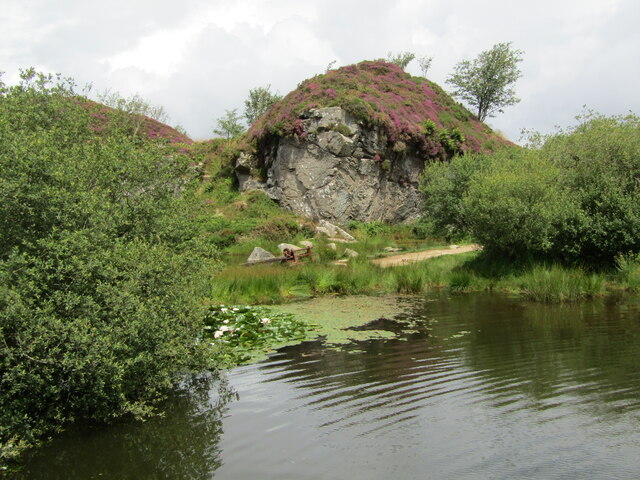

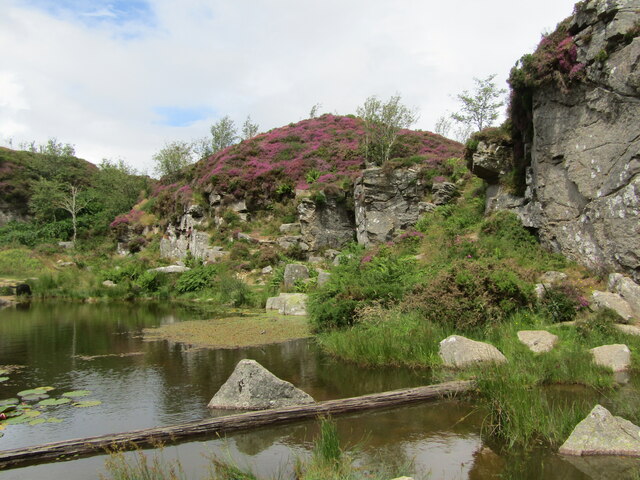
Bagtor Down is located at Grid Ref: SX7575 (Lat: 50.567033, Lng: -3.7564567)
Administrative County: Devon
District: Teignbridge
Police Authority: Devon and Cornwall
What 3 Words
///communal.older.removable. Near Ashburton, Devon
Nearby Locations
Related Wikis
Rippon Tor
Rippon Tor is a striking tor on eastern Dartmoor, in England, that stands at 473 metres (1,552 ft) above sea level. It has three cairns, of which are some...
Haytor
Haytor, also known as Haytor Rocks, Hay Tor, or occasionally Hey Tor, is a granite tor on the eastern edge of Dartmoor in the English county of Devon....
Ilsington
Ilsington is a village and civil parish situated on the eastern edge of Dartmoor, Devon, England. It is one of the largest parishes in the county, and...
River Lemon
The River Lemon is a 9.9 miles (15.9 kilometres) river in the county of Devon in southwest England. It is a tributary of the River Teign, starting on Dartmoor...
Nearby Amenities
Located within 500m of 50.567033,-3.7564567Have you been to Bagtor Down?
Leave your review of Bagtor Down below (or comments, questions and feedback).


